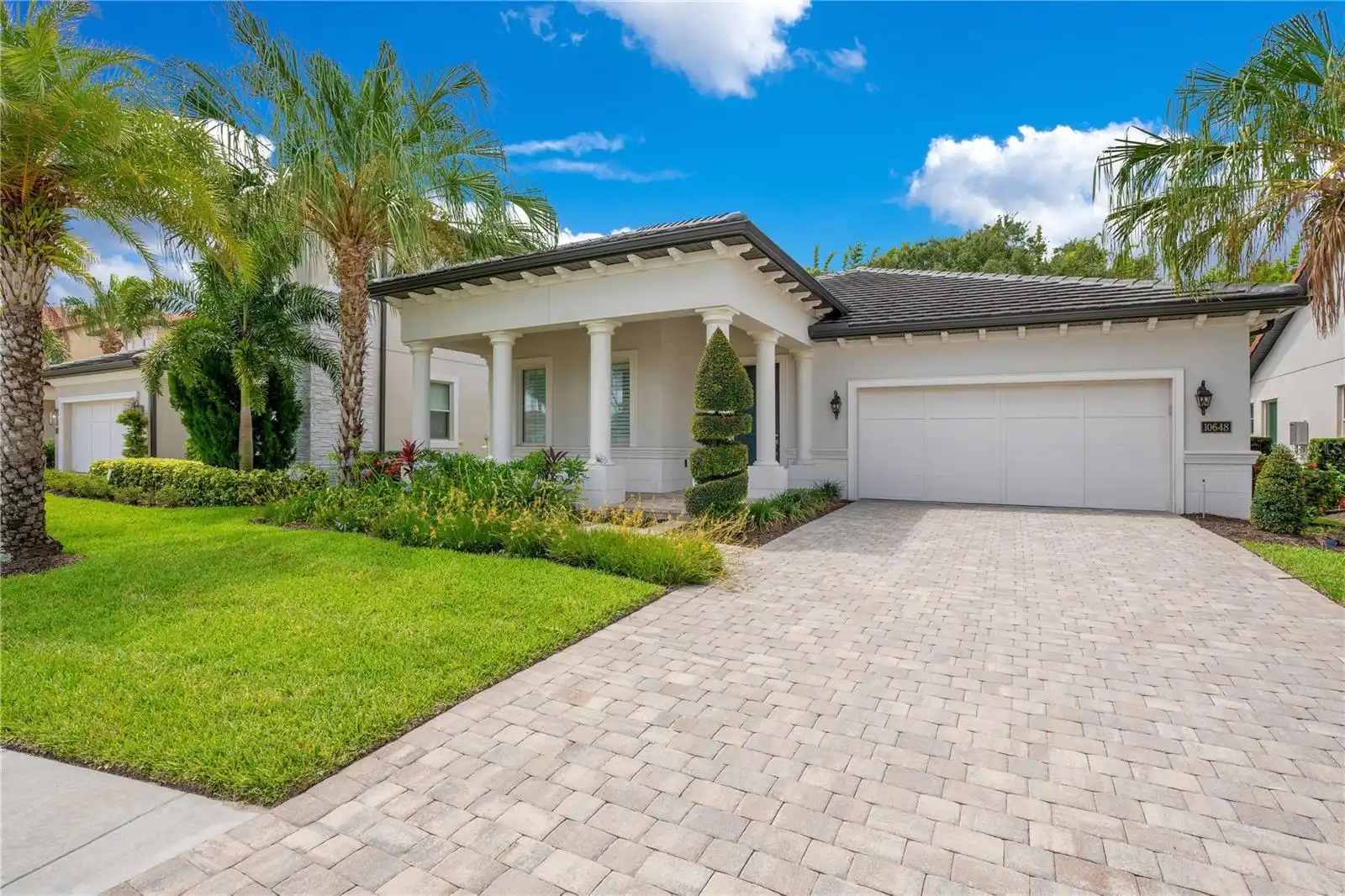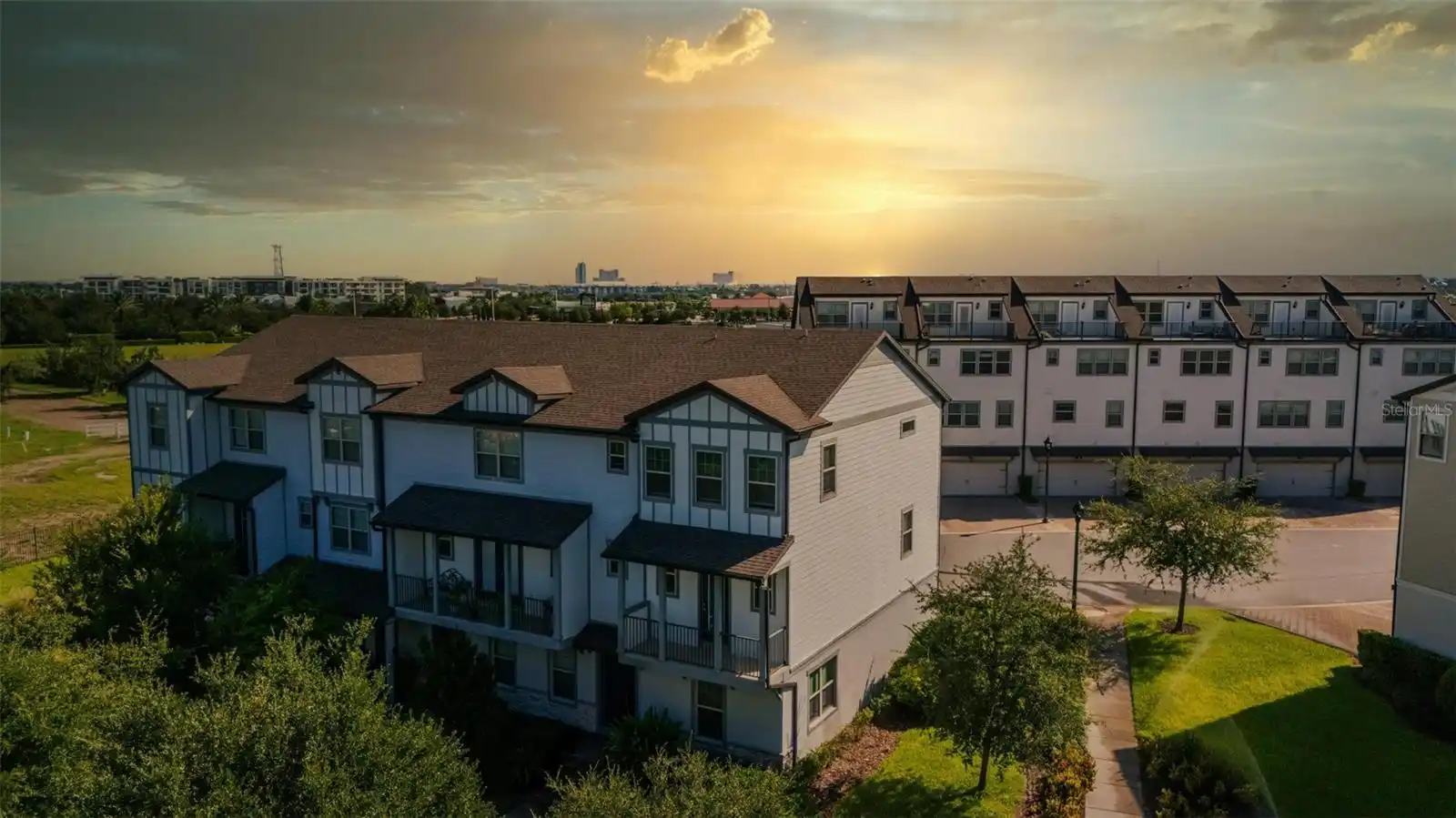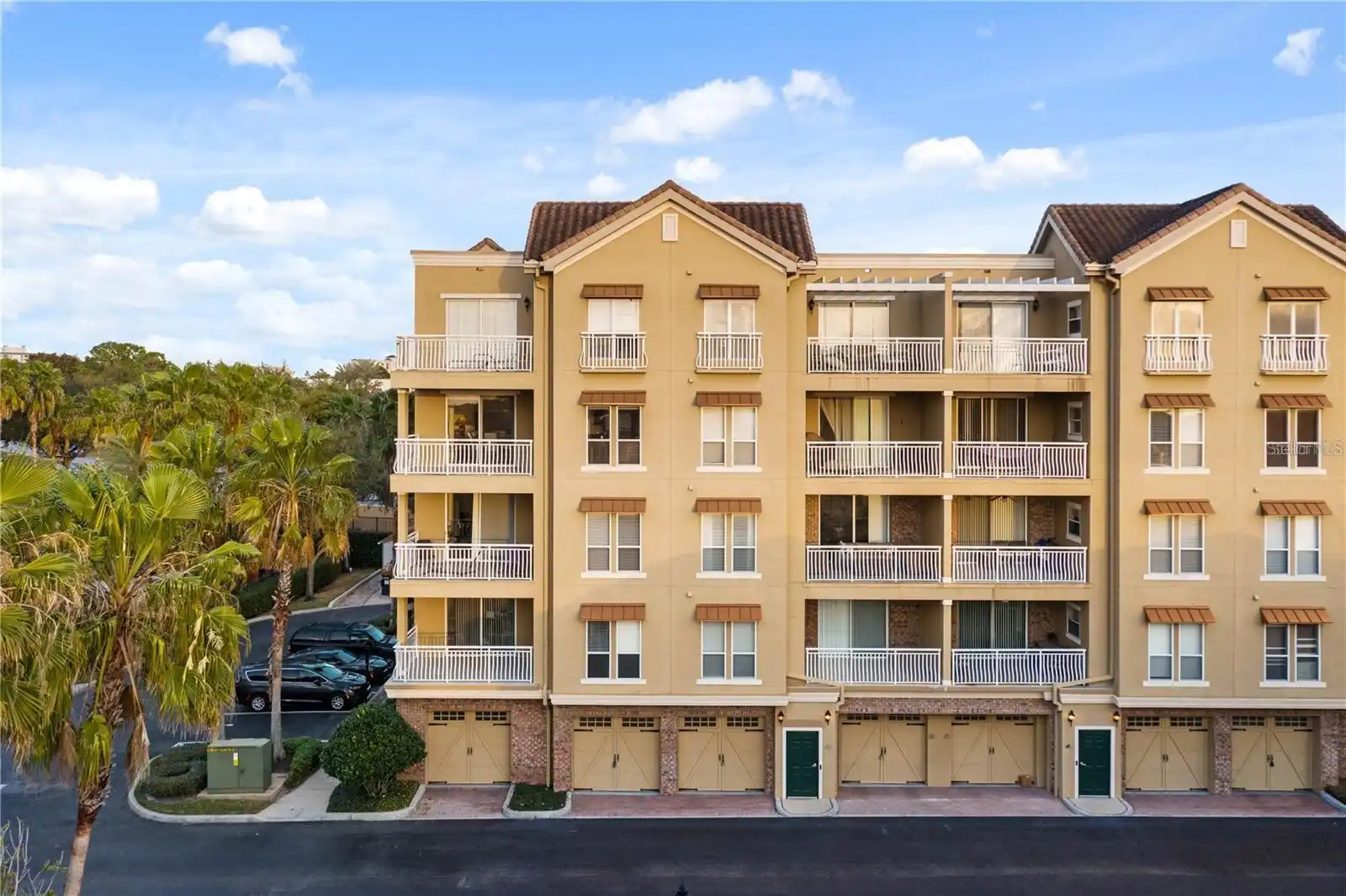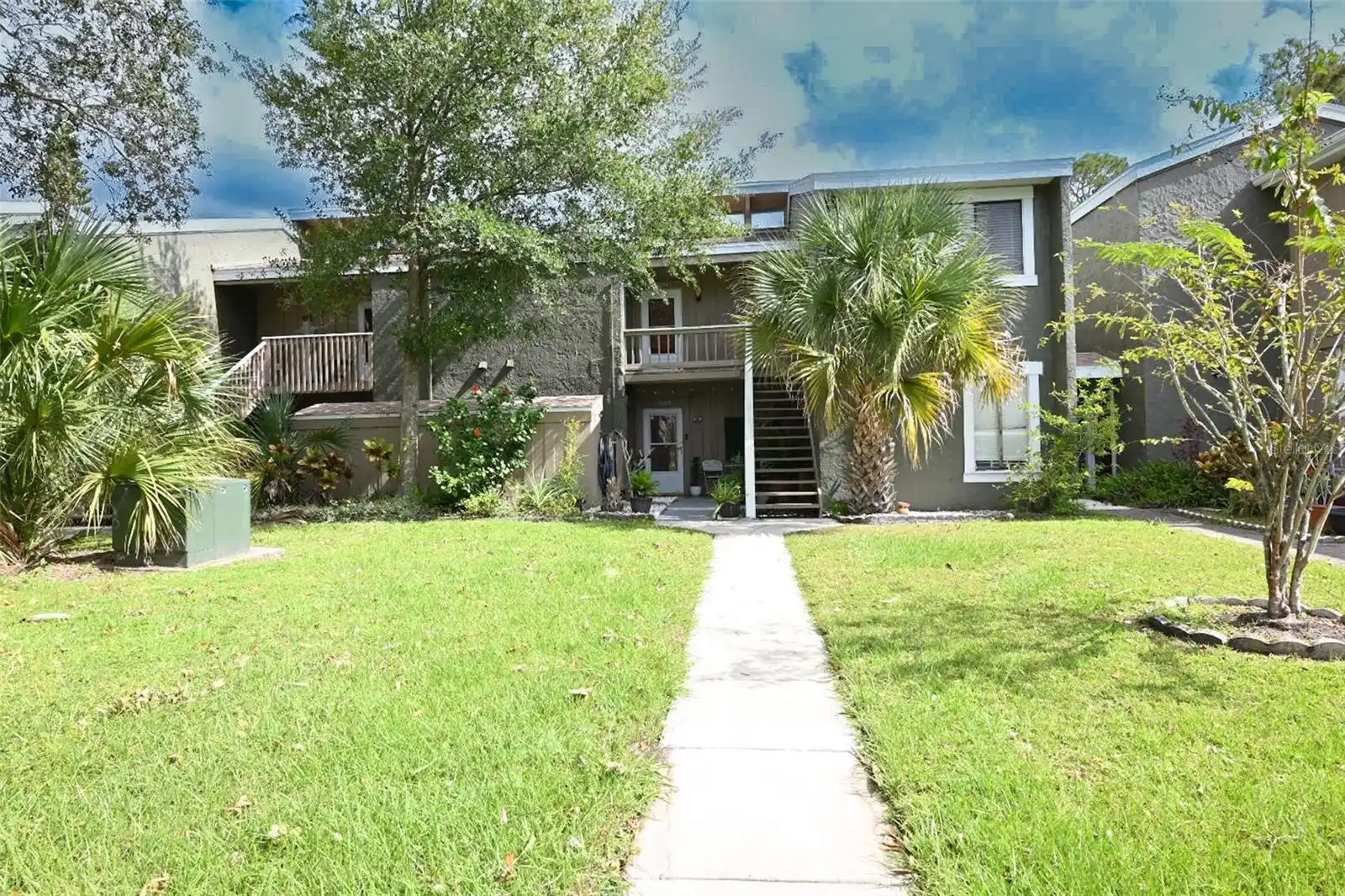WATER LEAKS
Water can be a serious issue in residential and commercial properties, leading to damage, mold growth, and increased utility bills. Here are some key points to consider regarding water leaks. Visible leaks are easily identifiable, such as dripping faucets, leaking toilets or water stains on walls and ceilings. Hidden leaks may occur within walls, under floors, plumbing systems, often detected through rising water bills, moth growth or dampness. The common causes are pipe fittings that are aging or damaged pipes, loose fittings and corrosion that can result in leaks. Weather conditions in freezing temperatures can cause pipes to burst, while heavy rainfall can overwhelm drainage systems.
Shut off main water supply if leaks are significant ensure to turn off water supply to prevent further damage. Call a professional for serious leaks or hidden issues and best to hire a licensed professional.
Document all damage and take photos and keep records of repairs for insurance purposes if damage occur. Regular maintenance of plumbing systems appliances, and roofs can help prevent leaks.
ROOF LEAKS
Hearing water running or dripping will make unusual sounds when no fixtures are in use could indicate a leak. Discoloration walls or ceilings may point to leaks in plumbing or roofing. What needs to be done is to look for visible signs and check appliances, plumbing fixtures and areas where water can accumulate. There are potential health risks associated with mold growth due to water leaks. There are health risks associated with mold exposure, mold spores can cause respiratory issues to include asthma attacks, bronchitis and other chronic conditions.
This can trigger allergic reactions in some individuals. Symptoms may include sneezing, runny or stuffy nose, itch or watery eyes and skin rashes. Toxic mold effects such as black mold can produce mycotoxins that may lead to more sever health issues.
Consult an attorney for professional consul and many offer a free first time consultation.
MOLD
Visible mold is the obvious sign is the presence of mold itself, which can appear as black, green, white or even orange spots or patches on walls, ceilings, floors and other surfaces. Musty odor can be a sign of mold presenting itself in areas of home, especially basements bathrooms or near water sources. Water stains or discoloration on walls or ceilings often in a yellowish or brown in color can surface thoughts os current and past water leaks that may lead to mold. Dampness or moisture and high humidity levels that can be conducive to mold growth and this is true in poorly ventilated areas.
A sign of peeling or bubbling from sheetrock warping or wallpaper peeling may be due to moisture behind wall that can lead to mold. Hidden mold can grow in areas behind walls, under carpets or in HVAC systems. It is essential to call the professionals to address any further moisture problems to prevent mold growth and any potential health risks. Call licensed professional for mold inspection and report.
All listing information is deemed reliable but not guaranteed and should be independently verified through personal inspection by appropriate professionals. Listings displayed on this website may be subject to prior sale or removal from sale; availability of any listing should always be independent verified. Listing information is provided for consumer personal, non-commercial use, solely to identify potential properties for potential purchase; all other use is strictly prohibited and may violate relevant federal and state law.
The source of the listing data is as follows:
Stellar MLS (updated 11/21/24 4:28 AM) |








